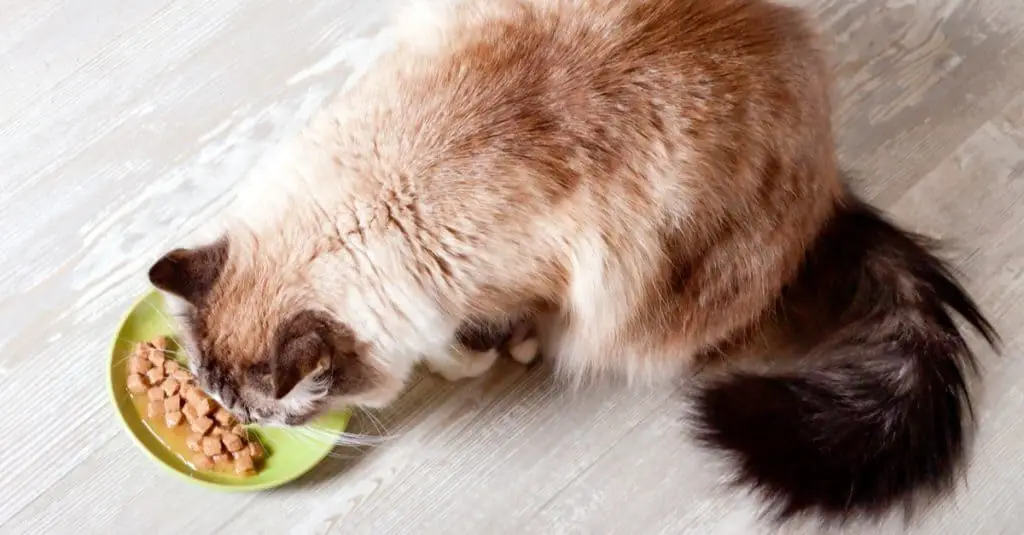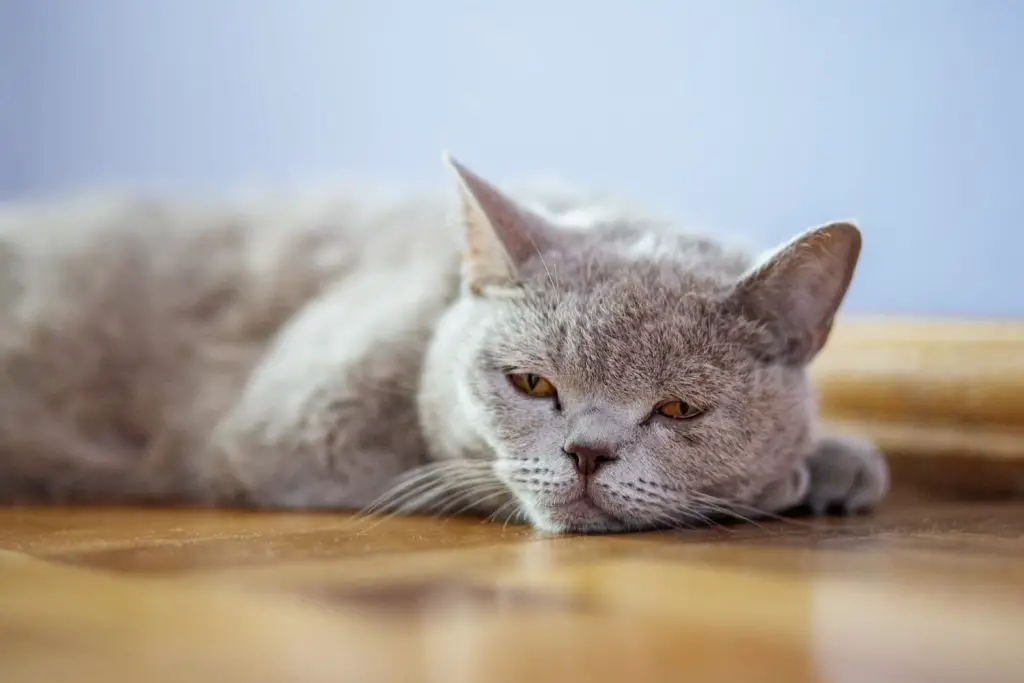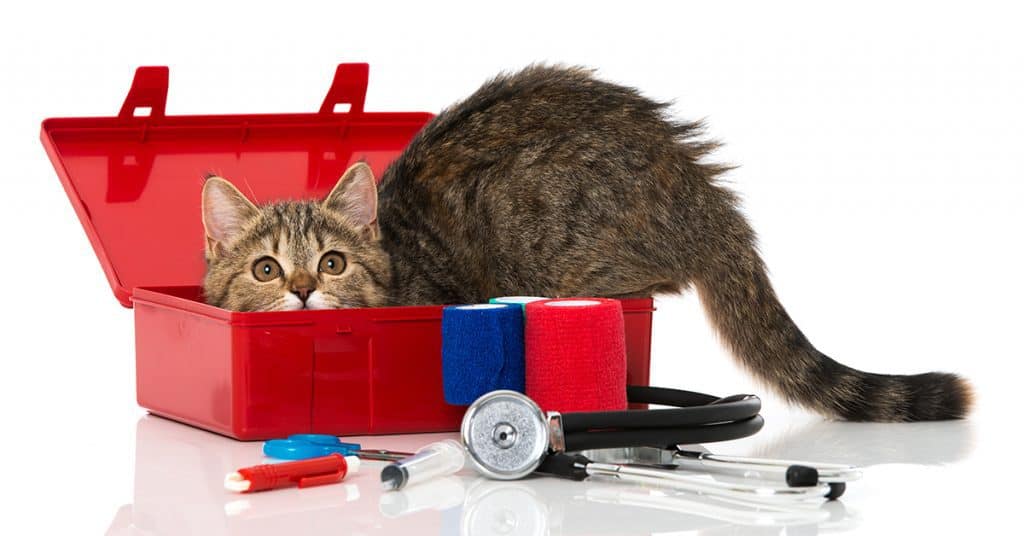As a cat lover, you’ve probably encountered a cat pee problem – when Mr. Whiskers decides that your floor, your laundry, or your bed (anywhere but the litter box) is the new bathroom. This feline faux pas, also known as “inappropriate elimination”, throws even the most patient cat parents into a tailspin. It’s not just about the task of cleaning up, but also the underlying worry of why your furball is shunning the litter box.
Understanding the reasons behind this behavior is akin to playing pet detective. It’s crucial to unravel these mysteries to help restore harmony in your home. Remember, cats aren’t out to get us (despite their tendency to knock things off tables for fun). If they’re misbehaving, it’s likely they’re trying to tell us they have a problem!
Our mission in this article: to delve into the common causes of inappropriate elimination and provide practical solutions. Let’s help our feline friends find their way back to the litter box, and save our sanity in the process!
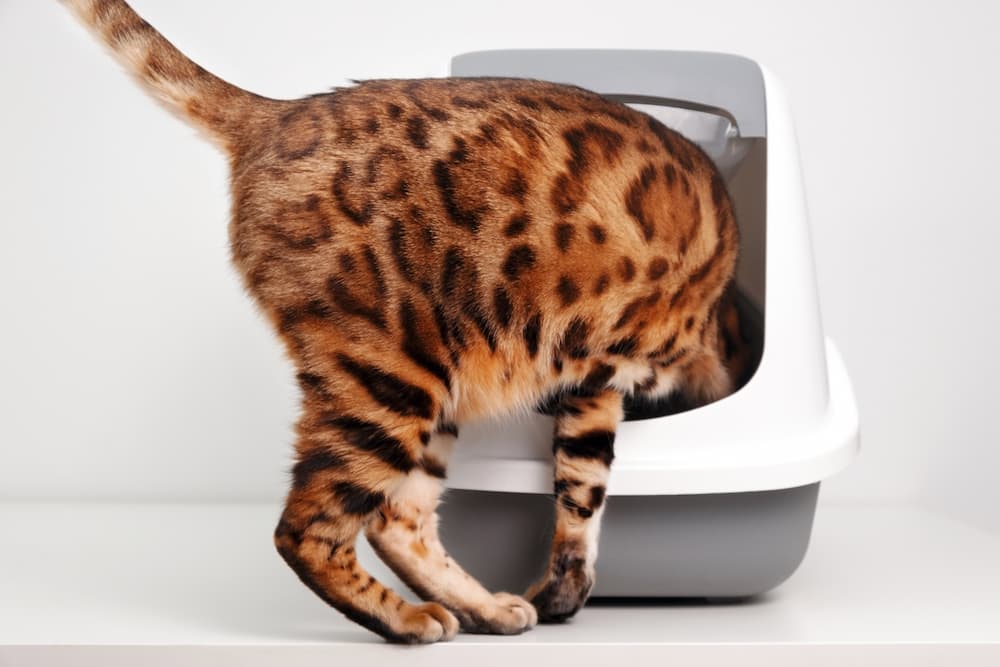
The Challenge of Inappropriate Elimination:
In the world of feline behavior, ‘inappropriate elimination’ is fancy cat-speak for ‘peeing outside the litter box’. It’s a rather polite term for a behavior that can turn your home into a feline version of a public restroom. This less-than-charming habit is more than just a messy inconvenience; it’s a red flag that something is amiss in your cat’s world.
This issue can drive even the most devoted cat parents to distraction. Picture this: you’re about to step into your favorite pair of shoes, and you discover they’ve been turned into a makeshift kitty toilet. Not the best way to start your day, right? Beyond the frustration and extra laundry, there’s a bigger issue at hand. Your furry friend could be dealing with a health problem or feeling stressed or unhappy about something in their environment.
We understand it’s a bummer to realize your adorable, purring companion is having a rough time. But we’re here to help you navigate this smelly situation. Remember, your kitty isn’t doing this out of spite or to ruin your day. They’re simply communicating in one of the few ways they know how. Let’s use this as an opportunity to understand them better and strengthen our bond with our feline friends.
Medical Factors: Uncovering Underlying Health Issues:
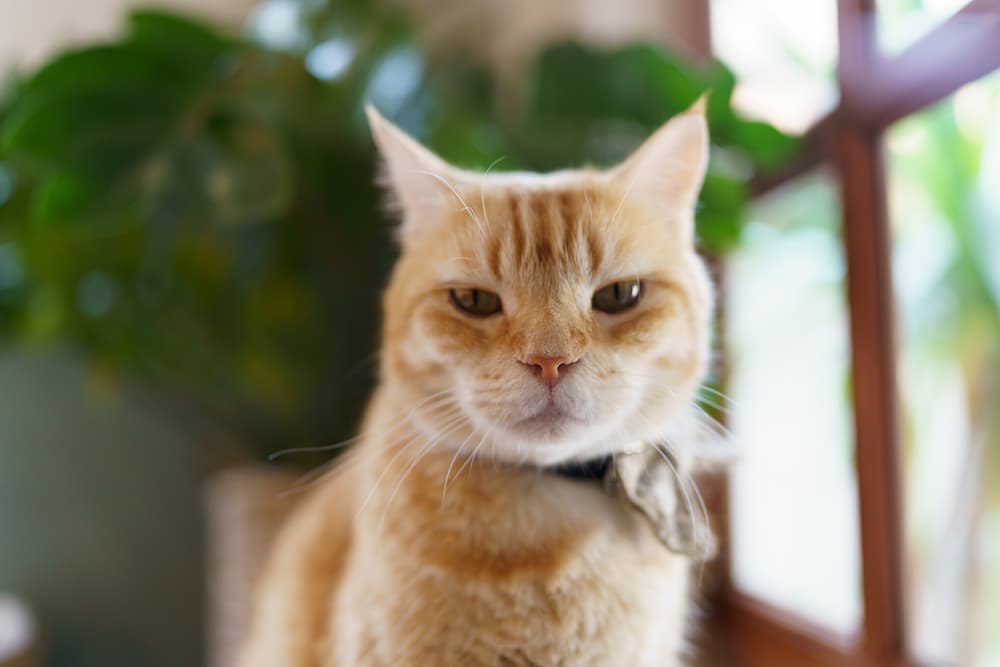
Before we start pointing fingers at our furry friends, it’s essential to rule out any feline health issues that might be causing these bathroom blunders. Numerous medical conditions can lead to changes in urination patterns. For instance, urinary tract infections (UTIs) or bladder stones can make a visit to the litter box an uncomfortable experience for your kitty. In such cases, they might associate the pain with the litter box itself and start seeking alternative spots.
Diabetes and kidney disease are other conditions that can affect your cat’s bathroom behavior. Increased urination is a common symptom of these diseases. So, if you find more pee puddles around the house, it could be that your little furball is producing more urine than the litter box can accommodate.
So, if your typically well-behaved cat starts exhibiting unusual toilet habits, it’s time for a trip to the vet. A thorough check-up can help determine whether or not a medical issue is causing this messy problem. Remember, your cat isn’t just disliking your choice of litter; they are most likely trying to tell you that they need help. It’s always better to be safe than sorry—especially when it involves your cat’s health!
Behavioral Triggers: Stress, Anxiety, and Territorial Behavior:
Now, let’s nose-dive into the world of cat emotions. Yes, our whiskered companions have feelings too, and just like us humans, stress and anxiety can wreak havoc on their behavior. Imagine moving to a new home, introducing a new pet, or even changing your cat’s daily routine — these can be major stressors for your feline friend, and inappropriate elimination may be their way of expressing unease. The unfamiliar surroundings or changes may lead to them feeling insecure and acting out.
Territorial behavior is another important aspect to consider. Cats are known for their love of marking territory, and your beloved fluffball is no exception. If you have multiple cats or a new pet has entered the scene, your cat might feel their territory is being threatened. The result? They resort to marking their territory in the most cat-tastic way they know – through urination. Yes, it’s less than ideal for us, but to them, it’s just another day in the life of being a cat.
Remember, identifying the sources of stress and making necessary changes can go a long way in solving this problem. Maybe it’s adjusting their feeding schedule, providing escape routes and safe spaces for them, or even just spending more quality time together. It’s all about creating a purr-fect environment for your kitty.
Litter Box Preferences and Set-Up: A Key to Prevention:
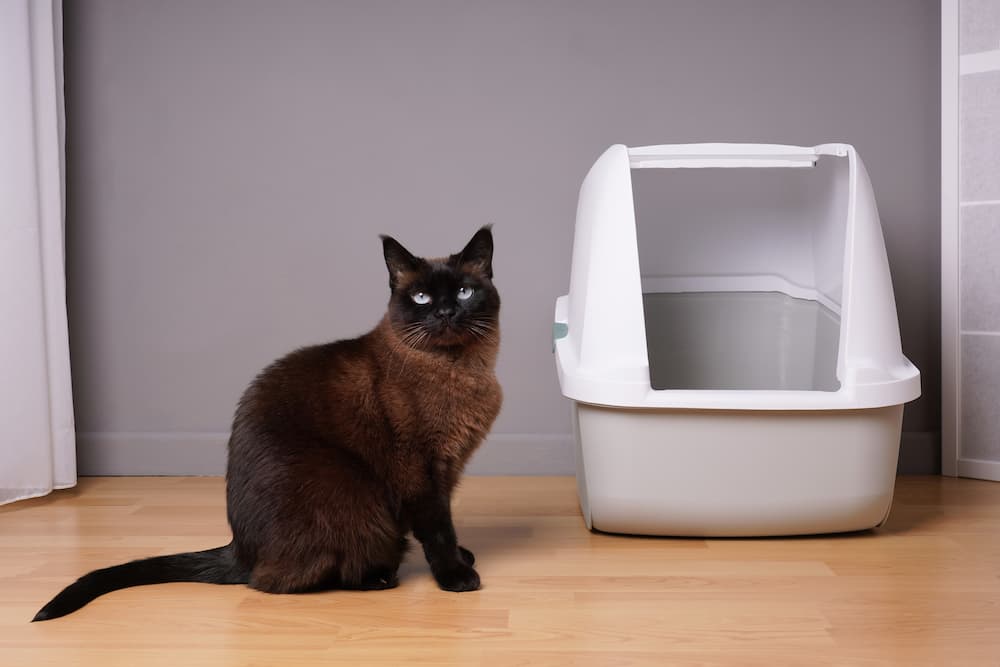
We can’t talk about inappropriate elimination without addressing the all-important palace of pee – the litter box. This seemingly simple item is actually a major player in your furry friend’s world. First up: the type of litter you use. Cats, being the dignified creatures they are, have preferences. Some might like a certain texture under their paws, while others could be put off by strong scents. It’s worth experimenting with different types of litter to find one that suits your kitty’s royal taste.
Keeping the litter box clean is another crucial step to prevent your feline overlord from seeking alternative toilet spots. Let’s face it, would you like to use a dirty bathroom? Probably not. So make sure you’re scooping the box daily and changing the litter regularly. And while we’re at it, remember that privacy is key – make sure the litter box is in a quiet, low-traffic area.
The number of litter boxes is another point to consider. A good rule of thumb, especially for multi-cat households, is to have one more litter box than you have cats. This helps to reduce any territorial disputes and gives each cat their own space. So, take a moment to evaluate your current litter box setup and see if there’s room for improvement. Remember, when it comes to our feline friends, it’s all about creature comforts.
Solutions and Strategies for Cat Parents:
Alright, fellow cat parents, let’s get our paws dirty and dive into some solutions for managing this tricky situation. Once we’ve ruled out medical conditions and identified potential triggers, it’s time for some positive changes. Start by making the litter box as inviting as possible – use unscented, soft-textured litter, keep the box clean, offer privacy, and ensure there are enough boxes around. Your cat should look at their litter box and think, “Now, that’s a place I’d like to do my business.”
Positive reinforcement is your best friend here. When your kitty uses their litter box correctly, reward them with their favorite treat or a hearty cuddle session. This will help your feline associate the litter box with positive experiences. Remember, cats don’t respond well to punishment. If you catch them in the act of inappropriate elimination, gently redirect them to the litter box instead of scolding. They will appreciate your understanding and patience.
Lastly, if your cat’s unusual bathroom behavior is stress-induced, behavioral modification strategies will be necessary. This might involve enriching their environment with interactive toys, adding more hiding places, or spending more quality time with them. If the problem persists, you might want to consider seeking professional help from a cat behaviorist or a vet. Remember, every cat is unique, and finding the right solution may require a bit of trial and error.
Seeking Professional Help: When to Consult a Veterinarian or Behaviorist:
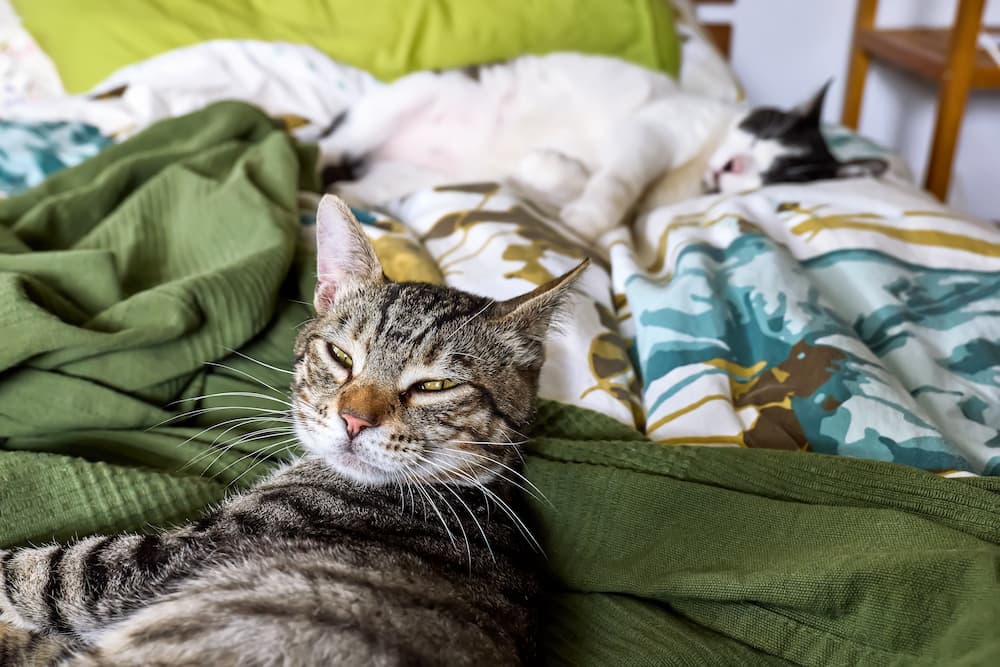
When it comes to your feline friend’s bathroom etiquette, if things don’t seem to be improving or are worsening despite your best efforts, it’s time to bring in the big guns – the professionals. Scheduling a visit with a qualified veterinarian is a wise move if your cat’s inappropriate urination continues.
However, if your vet gives a clean bill of health and the pee problem persists, consider calling in a cat behaviorist. These are the folks who dedicate their lives to understanding the intricate web of cat behavior. A certified animal behaviorist can help identify the root of the problem and offer personalized strategies to address your cat’s specific needs.
So, cat parents, remember – it’s okay to seek help. You’re not admitting defeat, you’re simply enlisting reinforcements in the noble quest for a pee-free home.
Conclusion:
Inappropriate elimination can be a tricky issue to tackle, but it’s not an impossible one. The key is to start by ruling out any medical conditions, recognizing potential stress and anxiety triggers, and making necessary adjustments. Once you’ve identified the source of the problem, make sure your cat’s litter box meets their needs and preferences. And if needed, don’t hesitate to get help from a vet or qualified animal behaviorist. With some patience and understanding, you can help your kitty find their litter box zen. Now, that’s something worth purring about!
The Catington Post is reader-supported. That means, if you make a purchase through links on our site, we may earn an affiliate commission. All images and names which are not the property of The Catington Post are the property of their respective owners.


